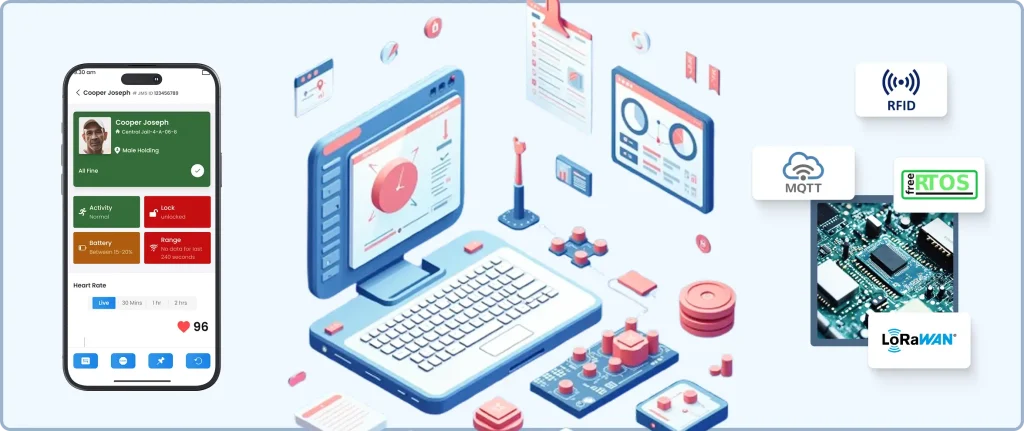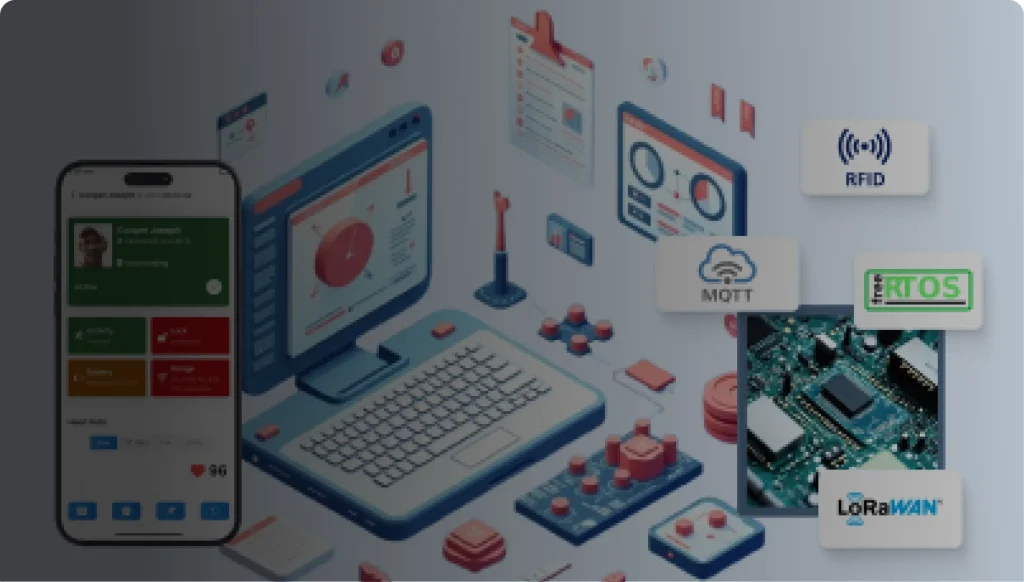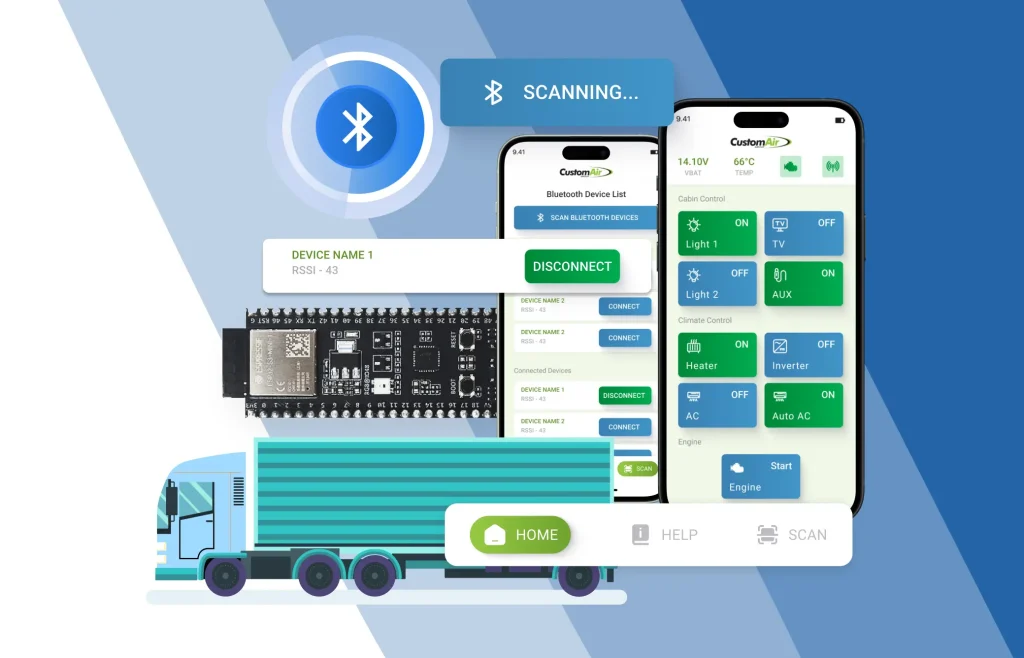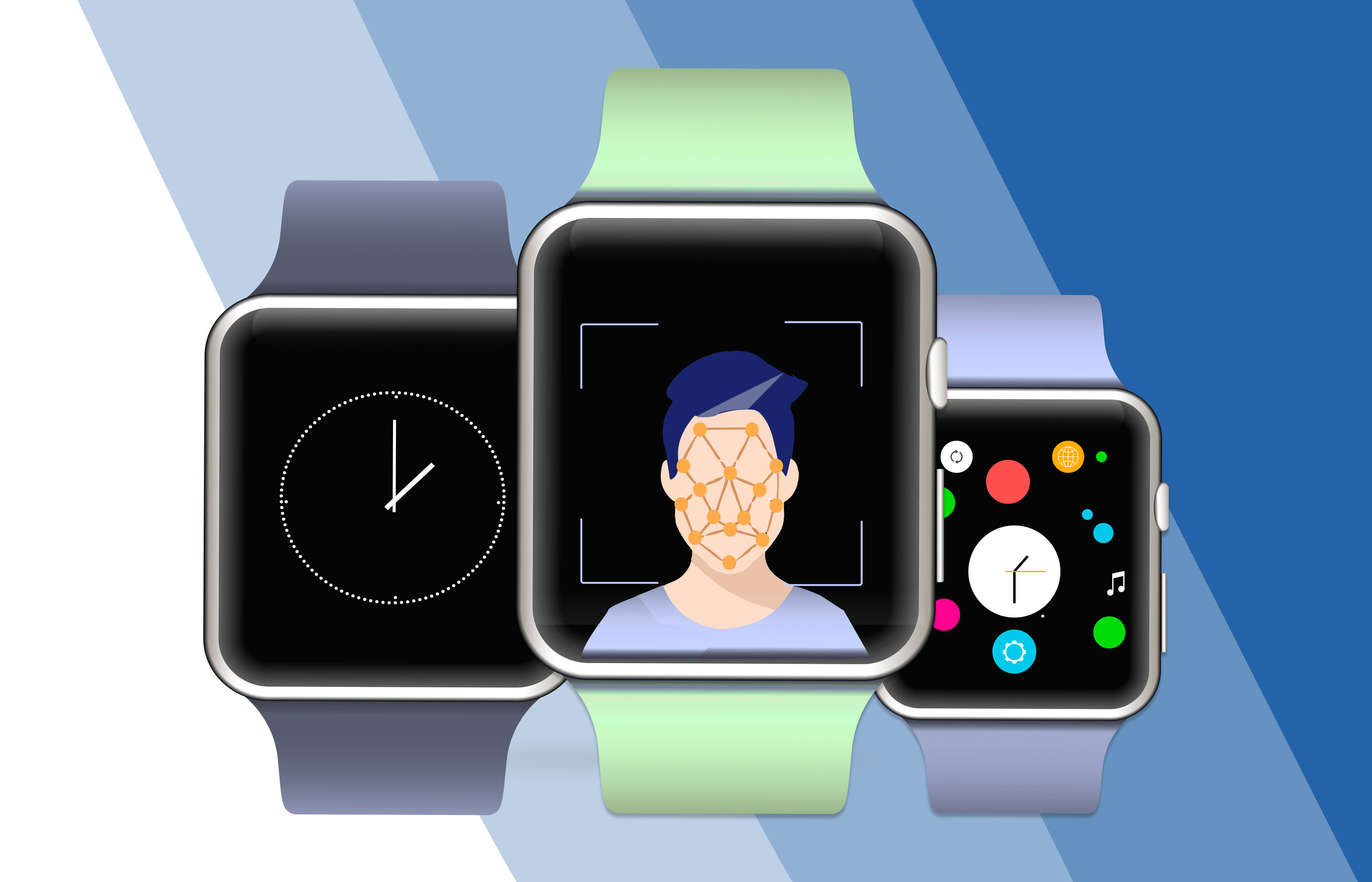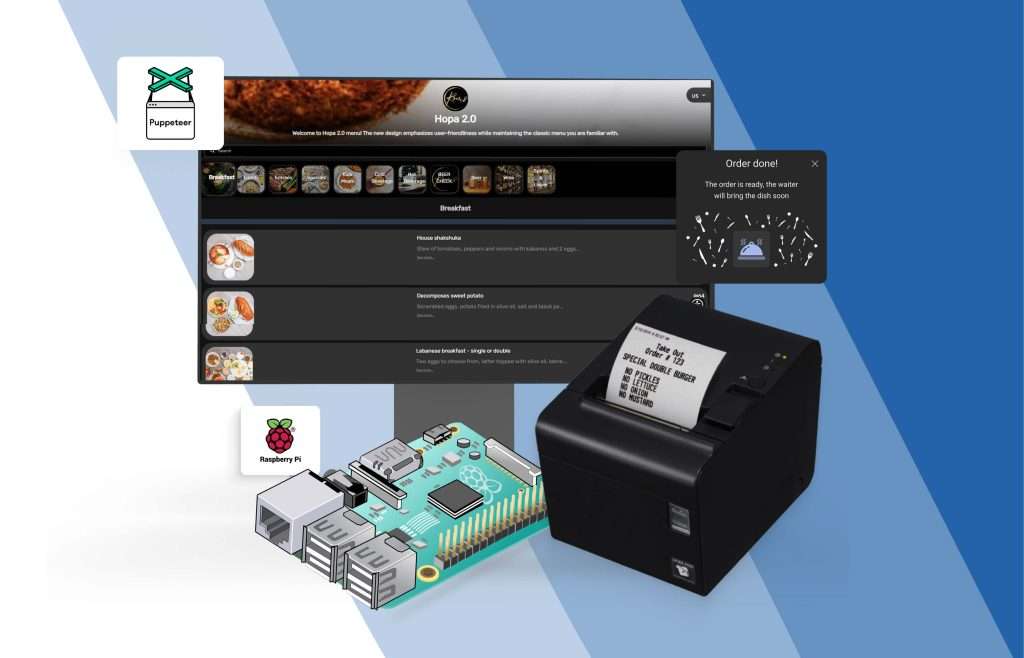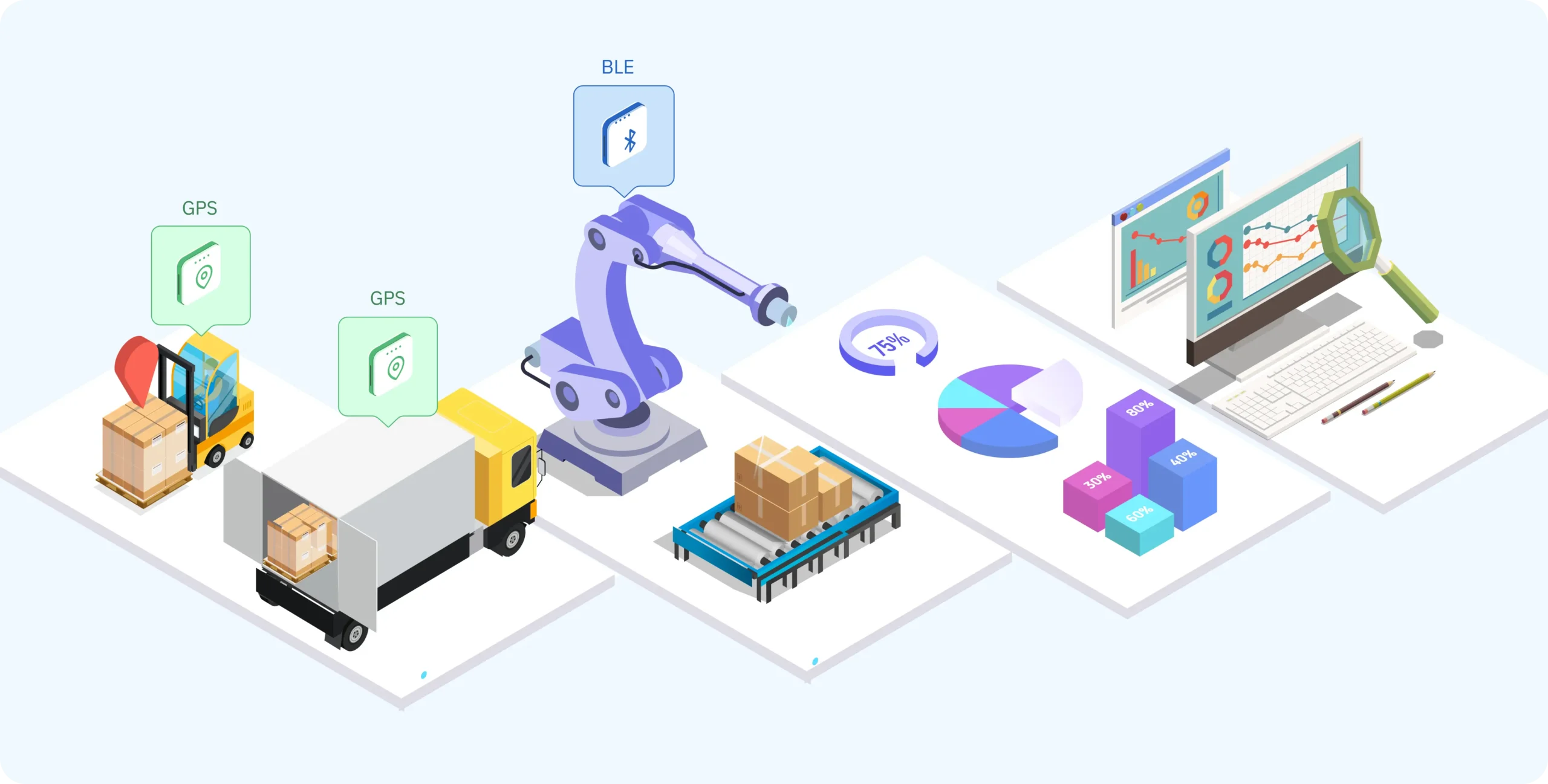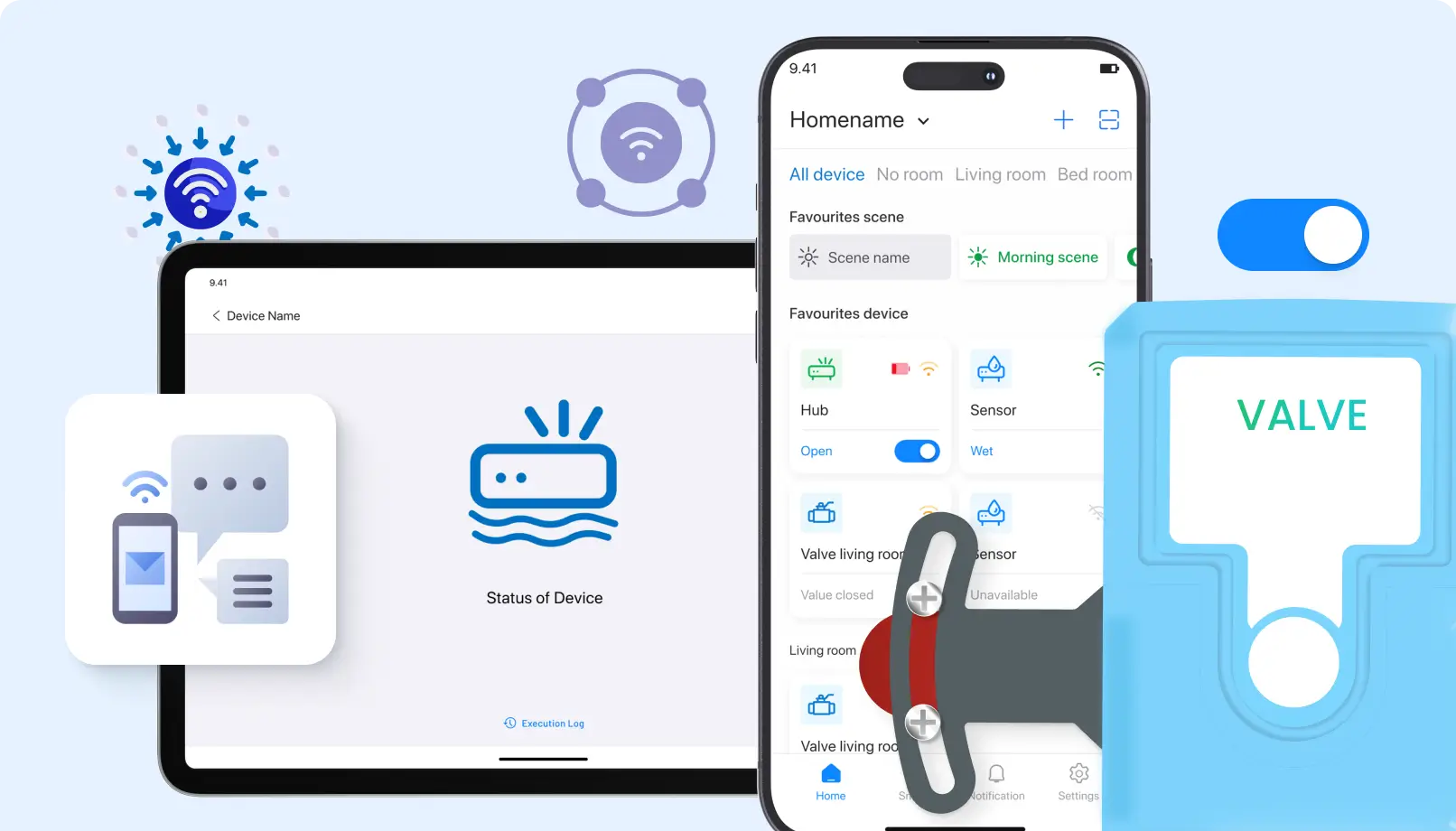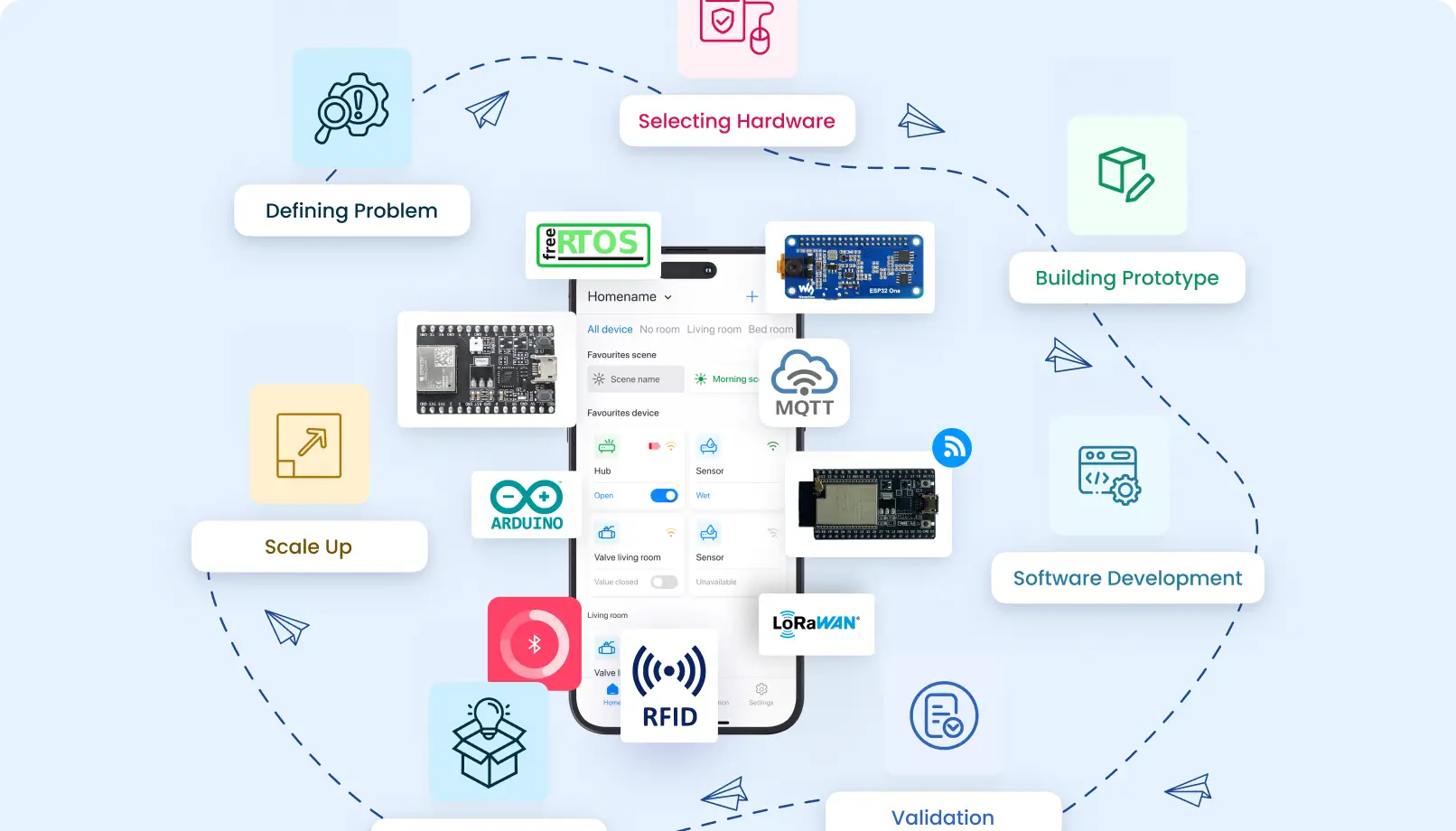1. Core Focus and Scope
One of the primary differences between application and IoT development lies in their core focus and scope.
Application Development Rapid Prototyping
In application development, the focus has been on building prototypes of software that reproduce the behavior of the finished product. This encompasses:
Backend functionality
UX testing
System workflows
Rapid Prototyping for applications is often focused on validating design ideas and user flows. This is so that the app is given a chance to ensure that it meets the needs of the users while aligning with goals of the project before full-scale development
IoT Development Rapid Prototyping
In contrast, IoT development is hardware and software integration. The scope of development is expanding beyond pure software functionality and includes:
Physical devices – sensors, actuators, controllers
Connectivity and communication protocols – Wi-Fi, Bluetooth, LoRa.
Data collection and processing then transmitting to the cloud
Physical enclosures as well as environmental factors in the design
The Scope of IoT Rapid Prototyping is also much wider since the design needs to align hardware, firmware, as well as cloud-based components with an end-to-end well-working system.
2. Tools and Technologies
The tools and technologies deployed in Rapid Prototyping for both application and IoT development are quite different, as they have their own specific needs.
Application Development Tools
Application developers utilize a set of software tools to prototype fast. Those include the following:
Basic wireframing and UI Design: It helps by providing the tools, which are Figma, Adobe XD, or Sketch, to prototype the user interface.
Frameworks with Code: That allows the rapid development of cross-platform prototypes such as Flutter and React Native.
Backend Simulation: Mock APIs and services like Firebase or Postman let developers simulate server interactions without requiring a full backend.
Rapid Prototyping here means iterating UI/UX designs, testing workflows, and validating backend integrations.
IoT Development Tools
IoT Rapid Prototyping, however, requires hardware and software tools. Some of the most common tools used in such processes are:
Hardware Platforms: Prototyping IoT devices became possible with Arduino, Raspberry Pi, or ESP32, which are flexible and affordable.
Development of Firmware: IDEs such as Arduino IDE or MicroPython facilitate developers in writing and debugging low-level device firmware.
Test of Connectivity: Rapid setting up and testing of communication protocols enable tools such as Node-RED and MQTT Brokers.
Simulation and Emulation: Virtual prototyping of circuits and device behavior is enabled through Proteus or Tinkercad.
This dual focus on hardware and software makes IoT prototyping different from application development.
3. Challenges in Rapid Prototyping
Rapid Prototyping fast tracks innovation in both fields, but the challenges of developers differ based on the very nature of application and IoT systems.
Challenges in Application Development Rapid Prototyping
User Experience Complexity: Creating an intuitive and functional UI/UX prototype requires substantial user research and iterative testing.
Backend Integration: Simulating backend processes and APIs without building the entire infrastructure can be challenging.
Cross-Platform Compatibility: Ensuring that the application works seamlessly across multiple platforms (web, mobile, desktop) requires robust frameworks and tools.
Challenges in IoT Development Rapid Prototyping
Hardware Compatibility: Choosing and integrating the right sensors, actuators, and microcontrollers can be time-intensive.
Functional prototyping: IoT prototypes are often expected to operate within real-world environments. That means unexpected variables like interference, temperature fluctuation, and power constraints may arise.
Data Communication: A significant challenge is ensuring the reliable communication of data across different devices, gateways, and cloud platforms.
Cost and Availability: Prototyping with specialized hardware can be quite expensive, and procurement of such components may add time to the development cycle.
This will cause the development of the prototype to go smoother.
Key Divergences in Workflow
The workflows for Rapid Prototyping in application and IoT development are different from each other based on their objectives and deliverables:
Application Development Workflow
Ideation: Define the user requirements and create wireframes.
UI/UX Design: Produce high-fidelity mockups so that it would visualize in the final output.
Frontend Development: Develop the interactive components with frameworks like React or Vue.js.
Backend Prototyping: Simulate the flow of data and system logic using mock APIs.
Testing: Validate with usability testing users to make necessary adjustments to the interface and workflows.
IoT Development Workflow
Conceptualization: Define hardware-software needs.
Hardware Selection: Identify microcontrollers, sensors, and connectivity modules for use in the IoT solution.
System Assembly: Assemble hardware components and develop firmware that controls device behavior.
Cloud Integration: Connect the cloud or other interfaces for the transmission of data from devices to enable storage and analysis.
Physical Prototyping: Design enclosures or housings for real-world deployment.
Testing: Test the prototype in various environments to make sure that it is reliable and robust.
The IoT workflow is inherently more complicated because it integrates both physical and digital components.
4. Testing and Iteration
Testing and iteration are very important but in both application and IoT Rapid Prototyping, differ in methodologies.
Application Development Testing
Testing primarily focuses on usability, performance, and functionality. Developers use user testing to validate design assumptions, ensure smooth navigation, and optimize system logic. Testing environments often simulate real-world usage through emulators or controlled setups.
IoT Development Testing
IoT testing is a much more comprehensive system, encompassing:
Hardware Testing: To ensure sensors and actuators are working correctly under varying conditions.
Connectivity Testing: That communication protocols are reliable across distances and environments.
End-to-End Testing: Evaluation of the complete system from data gathering to cloud processing and feedback from the user.
IoT Development Iteration can involve simply swapping hardware components, reconfiguring firmware, or resolving environmental issues, adding complexity compared with prototyping an application.
Conclusion
While both application and IoT developments are intensely benefited by Rapid Prototyping, the methods and tools happen to be rather different. Application Rapid Prototyping tends towards smooth UI/UX designs for usable software systems while IoT Rapid Prototyping has more of integration between hardware and software for end-to-end delivery.
The knowledge of these differences serves to ensure that developers can tailor their workflows to the unique demands of every project, thus ensuring faster innovation and results. From the design of a mobile app to that of an IoT-enabled smart device, the principles of Rapid Prototyping can guide you to achieve your goals with efficiency and accuracy.
